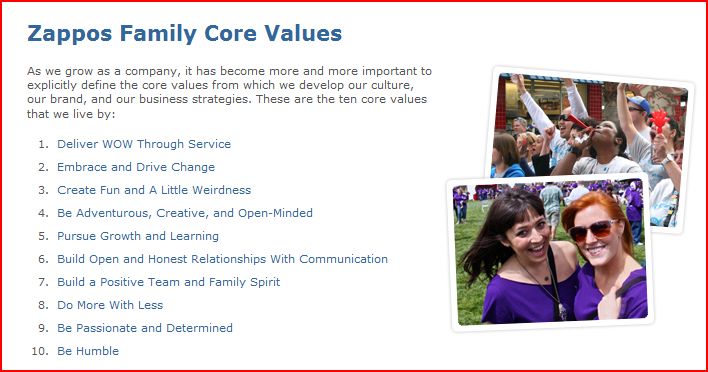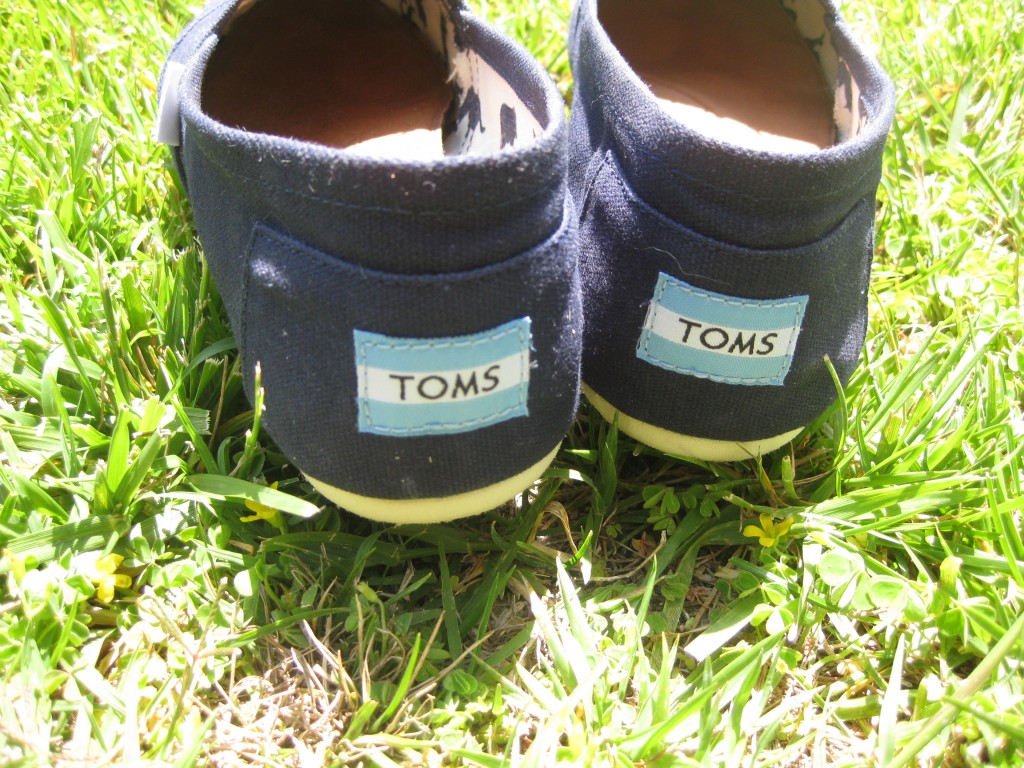To be Fair, HRBlock responded after 16 hours
I hate doing my taxes. Every April I pledge to NEVER again do them on my own and every March I am again slogging through all my paper work and once again doing my own taxes. For years I have been using TaxCut now known as H&R Block At Home. On Tuesday of this week I was finally wrapping up and ran into a problem. The return wouldn’t print.
So, since being so successful just two days before with @BestBuy on Twitter, I tweeted @HRBlock.
No response.
I was surprised that just two days before the deadline all I heard from @HRBlock was dead silence and especially after being so happy with Best Buy.
Sixteen hours after my first tweet to HRBlock I tweeted:
I not only heard back from HRBlockAnswers I also heard back again from my friends at Best Buy.
By the time HRBlockAnswers contacted me, I had already finished my taxes and worked around the printer issue. I was pleased they finally responded and that they apologized. As a bonus, I also found out that I was getting $25 back from Best Buy since my washing machine has an extended warranty plan. And more than likely, even after swearing off preparing my own taxes next year, I’ll probably be purchasing another tax preparation software program come January 2011. But, I will be doing my homework on which tax preparation software program delivers the best customer support via Twitter.
Best Buy Responds In 5 Minutes
This morning the tub door seal on my Whirlpool Duet popped off after a wire popped off underneath. My husband quickly got to work to see if he could fix it and I quickly turned to Google after scanning my Best Buy service plan. Two years before I had purchased the washer online along with the service plan but discovered the link to the receipt no longer worked.
So, I turned to Twitter.
Within 5 minutes I heard back.
After a few more tweets I was on the phone with Jason and a fix to my problem was in the works. Tomorrow the technicians arrive and hopefully everything will go as smoothly as today. But for me, what was important was that Best Buy was listening (on a Sunday morning!) and willing to engage me online to ensure I was pleased with their customer service. Is your Brand listening to your customers?
Southwest Airlines Makes Flying Fun
How do you build customer loyalty? Southwest builds loyalty by making the safety instructions fun!


